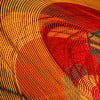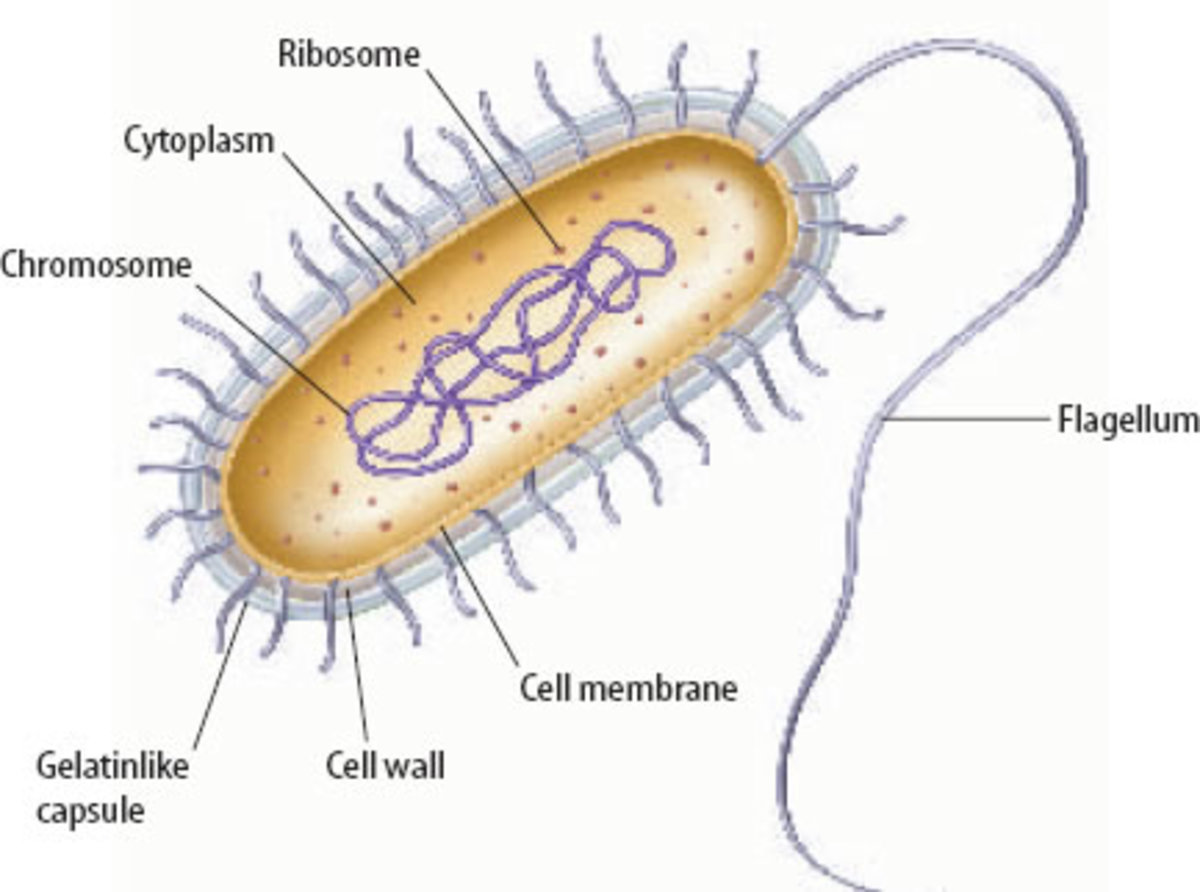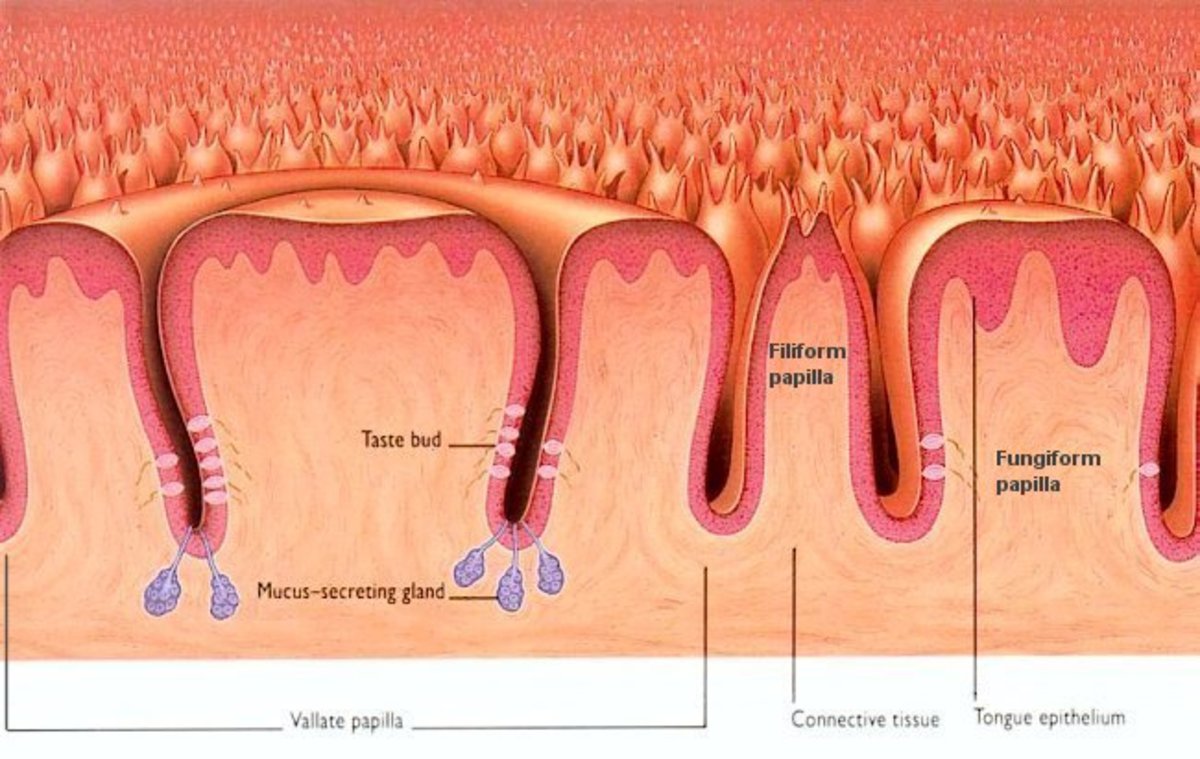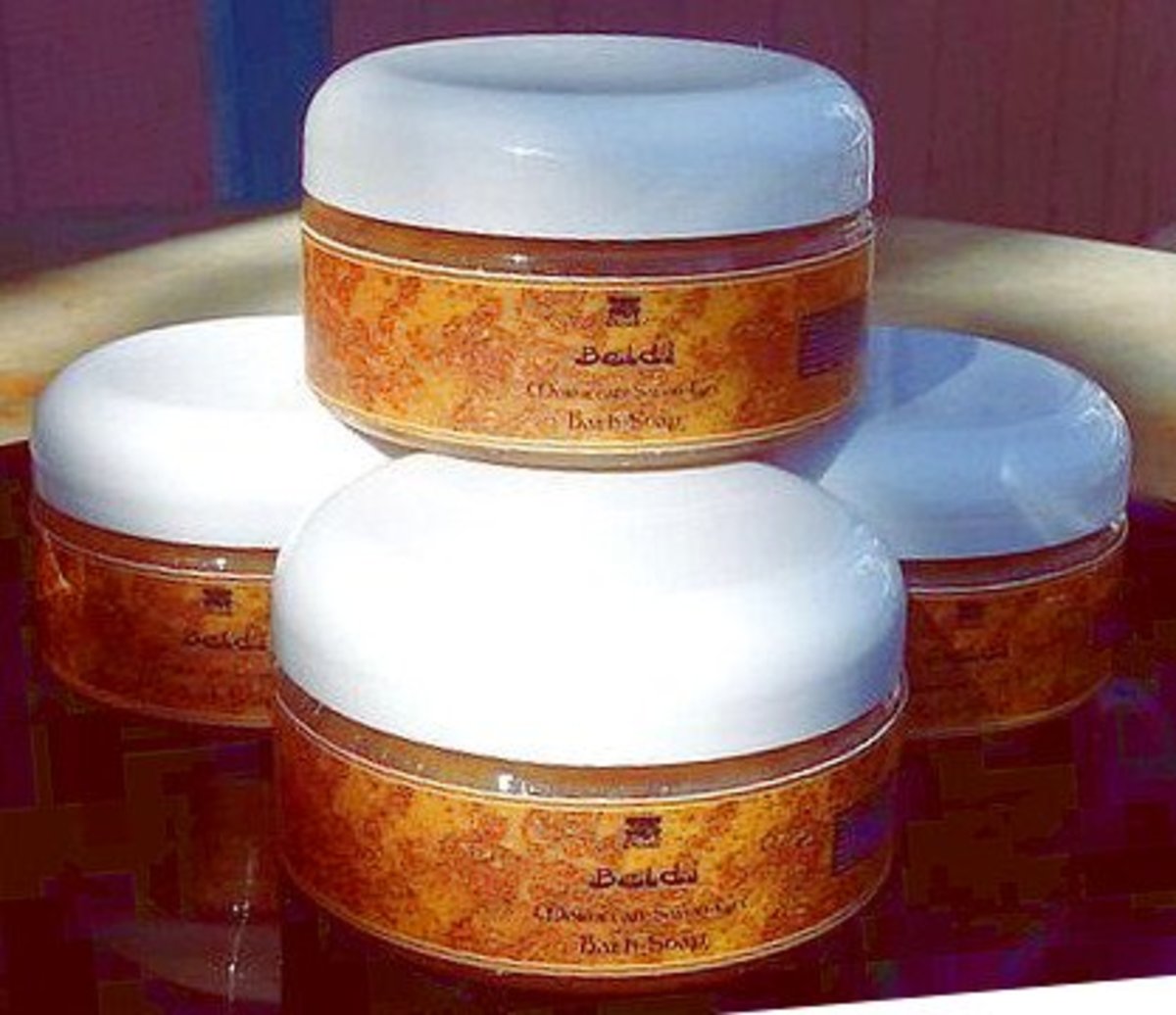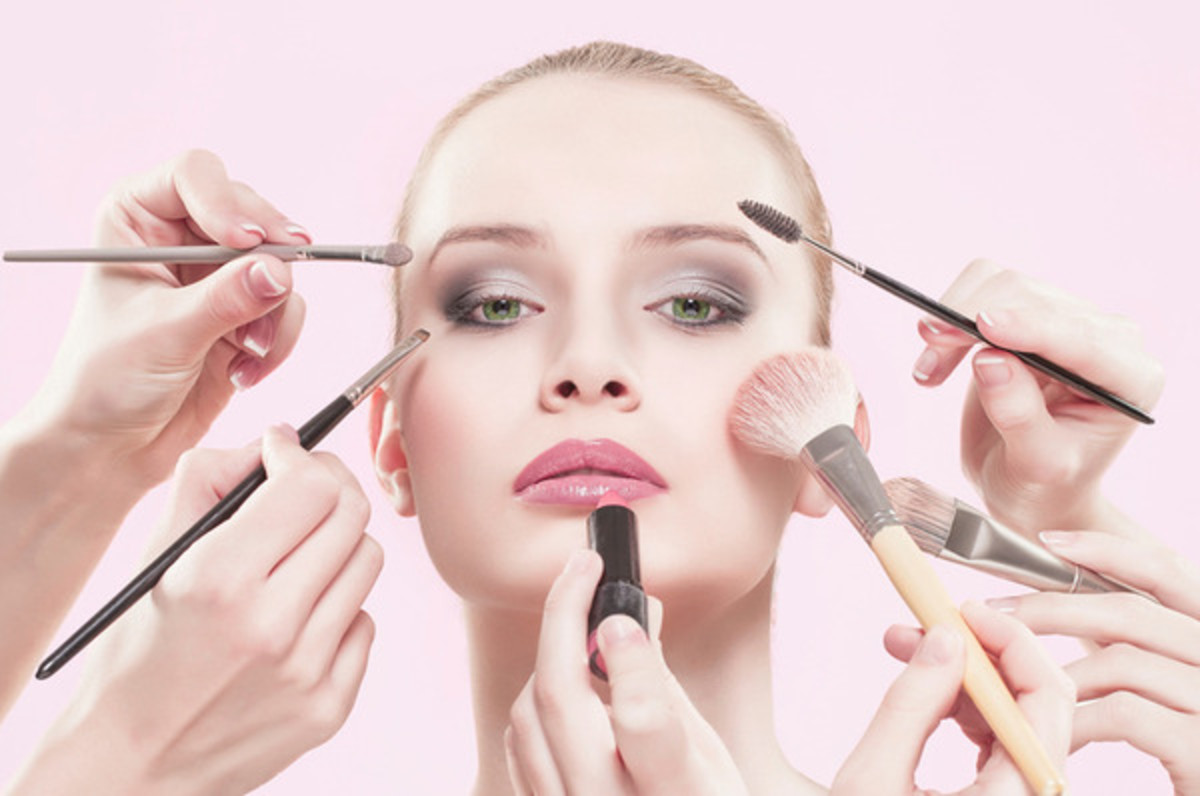Is Anti-Bacterial Soap Healthy or Harmful?
What Is It?
Anti-bacterial soap is soap that contains a chemical - usually triclosan - that is designed to kill bacteria. Regular soaps don’t contain this ingredient or anything similar. It's classified as an over-the-counter medication. These soaps can be in liquid or bar form. In the US, products containing triclosan must be clearly labeled.
Hand sanitizer gel also contains this ingredient, often with a small amount of alcohol.
Soap Companies
Soap companies have been marketing anti-bacterial soap and other products to the public for years. It’s a business estimated at $1 billion dollars annually. The general public, under the impression that there are significant health benefits, loves to buy it and the companies love to sell it.
There are an estimated 2,000 anti-bacterial soaps currently being marketed around the world. Much of the marketing either directly states or strongly implies through images that using this product helps ensure good health. These claims have since been disputed.
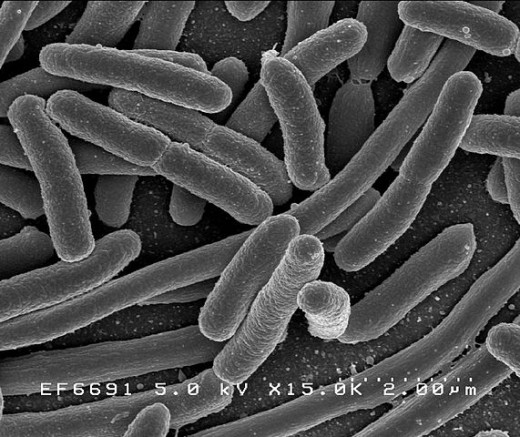
Isn’t It Good To Kill Bacteria?
It sounds obvious that killing bacteria would improve health by reducing the risk of illness. After all, some bacteria can be very harmful. Salmonella, for example, can cause life-threatening food poisoning. Others can cause infections and other health risks.
Other types of bacteria are crucial for our survival. It’s estimated that there are more bacterial cells in our digestive tract than there are human cells in the rest of our bodies. Without these bacteria, we’d be unable to digest food. This is why taking doctor-prescribed antibiotics often causes digestive problems - these good bacteria are killed off along with the bad ones. By some counts, bacterial cells throughout the human body outnumber human cells by a factor of 10 to 1.
Still other bacteria are used to to produce food such as cheese, yogurt, pickles, and vinegar. For example, lactic acid bacteria (Lactococcus lactis) is critical in the production of cheddar, colby, cottage, cream, and blue cheeses.
Studies done in 2015 strongly link a lack of four key "good" bacteria in children to an increased risk of asthma.
Clearly, indiscriminately killing all bacteria isn't a good idea.
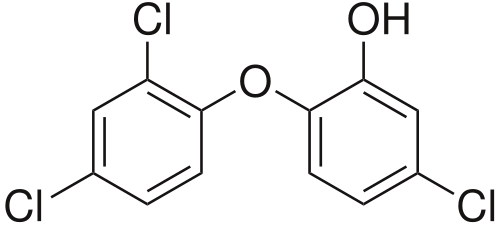
What Is Triclosan?
Triclosan (5-Chloro-2-(2,4-dichlorophenoxy)phenol) is one of the most common active ingredients in anti-bacterial soaps and gels. It was officially registered with the EPA (Environmental Protection Agency) as a pesticide in 1969. It’s been used in many products since 1972 including soap, shampoo, toothpaste, mouthwash, cosmetics, cleaning supplies, toys, trash bags, and more.
To be effective, anti-bacterial soaps using triclosan have to be in contact with your skin for a minimum of 2 minutes. How much time do you spend scrubbing your hands?
What Is The Problem?
Over the last few decades, the US FDA (Food and Drug Administration) and many independent studies have shown that anti-bacterial soap has no health benefits over regular soap. In fact, there is evidence that it actually causes harm. The FDA has given soap manufacturers until 2016 to provide evidence that the health benefits they claim are true. If they can't prove it by that time, they'll be required to pull those products from store shelves.
While anti-bacterial soap does actually kill more bacteria than regular soap, this doesn’t seem to have any proven health benefits for the people who use it. Colds and flu are caused by viruses, which are unaffected by anti-bacterial products. Anti-bacterial soap, even if it was 100% effective, wouldn’t reduce the number of illnesses due to colds or flu at all.
Not only are the health benefits highly suspect, there is mounting evidence that there are harmful side effects.
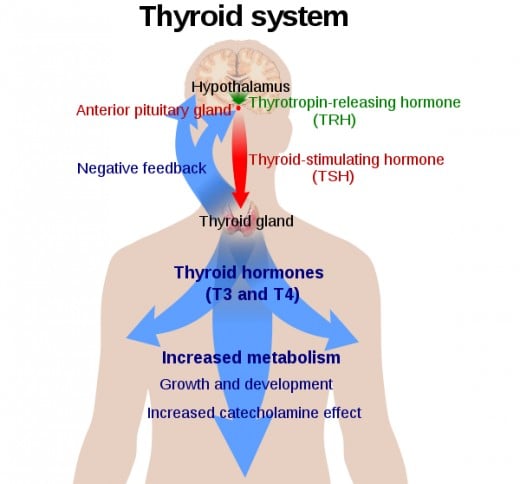
Endocrine Disruption
Studies suggest that triclosan acts as an “endocrine disruptor”. That is, it affects the way our bodies produce and use hormones. The full impact of this isn’t known at this time. Because it is absorbed through the skin and can be passed on through breast milk, infants may be especially vulnerable.
Specifically, triclosan can interfere with thyroid hormones. The thyroid is a large butterfly-shaped gland in the neck. It regulates the body’s energy use, makes proteins, influences metabolism, growth, and development, and controls the body’s sensitivity to other hormones. It's crucial to brain development during infancy and childhood.
Allergies
Some studies indicate that prolonged exposure to triclosan can lead to increased allergy problems in children, including hay fever and peanut allergies. The theory is that the triclosan doesn’t cause the allergies directly, but the children become more sensitive because they lack exposure to normal levels of bacteria.
It has also been associated with rhinitis, the inflammation of the mucous membrane of the nose.
Resistant Bacteria
The low concentration of triclosan used in soap doesn’t kill all bacteria it comes in contact with. This can cause two issues.
-
As some types of bacteria are killed and others aren’t, the natural balance is disrupted. The surviving bacteria types, no longer held in check by the other bacteria, can increase in number to fill the void left by the types that died.
-
Bacteria can develop an increased resistance to antibiotic agents, eventually evolving into a “super bug” that doctors have no effective way to treat.
The increase in antibiotic resistant bacteria is a huge concern in medicine right now. There are some diseases, such as tuberculosis, which used to be easily treated with basic antibiotics. Some strains have developed resistance to all but one or two medications. Even those are losing effectiveness.
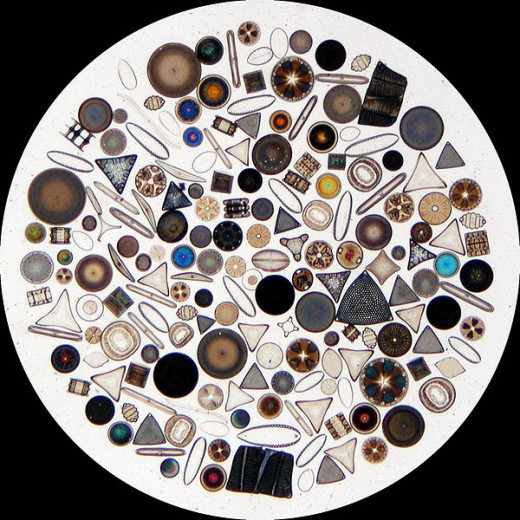
Environmental Issues
When you rinse your hands after washing with anti-bacterial soap, the soap goes down the drain. Much of it eventually ends up in the ocean. The triclosan in the soap is toxic to many beneficial bacteria found in nature.
It also prevents photosynthesis in diatoms, which are an important part of the food chain. Small fish eat the diatoms and larger fish eat the smaller fish. This concentrates the triclosan in the fat of the fish. It has even been detected in dolphins.
Triclosan can also react with chlorine in tap water to make other compounds. These compounds can break down into dioxins when exposed to ultraviolet light from the sun.
Alternatives
There are many concerns about the use of anti-bacterial soaps. Since they provide little, if any, benefit, what is the point of using them? What is the alternative?
The best alternative is washing with regular soap and water. It cleans just as effectively and doesn’t have the same health and environmental concerns as the products containing triclosan. An additional benefit is that it costs less.
Do you use anti-bacterial soap?
Conclusion
I used to joke with people that I thought that every responsible parent should feed their child a spoonful of dirt each day to help strengthen their immune systems. I wasn’t really serious about that, of course. However, after doing some research about anti-bacterial soaps and the problems that can result from underexposure to natural bacteria, I’m starting to think that maybe I was onto something!
Update 1 - Minnesota Bans Triclosan
In May of 2014, the governor of Minnesota signed legislation banning the use of products containing tricolsan unless the product has received official approval from the US Food and Drug Administration. The ban goes into effect on January 1st, 2017.
Update 2 - FDA Bans Triclosan
On September 2, 2016, the US Food and Drug Administration ordered that triclosan and triclocarban be removed from all "antibacterial" hand soaps and body washes in the US. This comes after the soap industry was unable to prove that these ingredients were safe or any more effective than regular soap.
